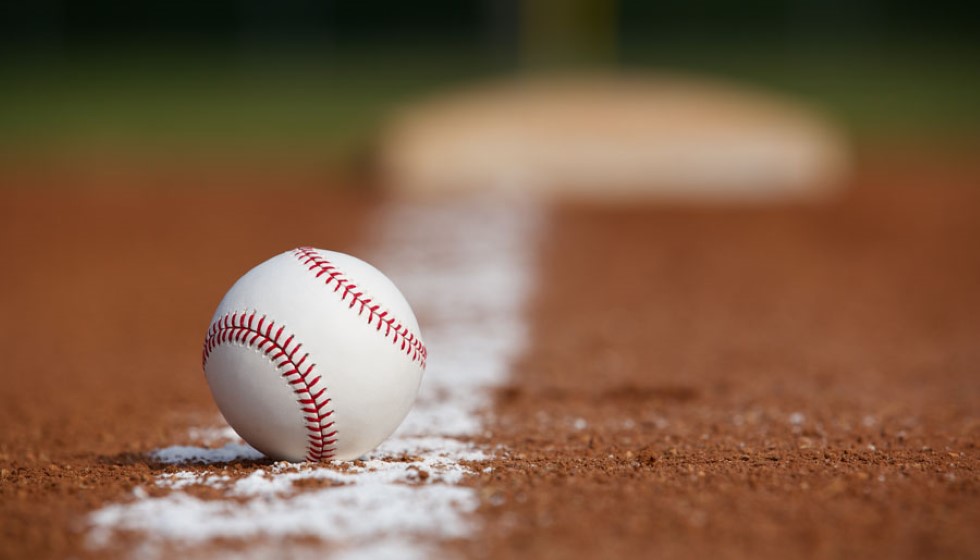
The 1974 season of Mike Marshall remains an unparalleled gem in Major League Baseball's storied history. When Marshall clinched the National League Cy Young Award by logging a staggering 200 innings in relief, it wasn't merely a personal triumph; it was a landmark moment that broadened the scope for what relievers could aspire to achieve in a game largely dominated by starters.
Marshall’s achievement underscored that relievers could be pivotal contributors and even dominate a category previously thought to be the exclusive domain of starting pitchers. His exemplary performance set a precedent that opened the door for future relievers to be seriously considered for the Cy Young Award, a trend that would see other relief pitchers leaving an indelible mark on the award’s history.
The Relievers Who Shone Brightly
Building on Marshall's groundbreaking 1974 season, Sparky Lyle and Bruce Sutter made their own indelible marks. Lyle captured the American League Cy Young Award in 1977, and just two years later, Sutter claimed the NL Cy Young, establishing himself as one of the most formidable closers of his era.
The story continued with Rollie Fingers, who not only secured the Cy Young Award in 1981 but also the coveted AL MVP, despite pitching just 78 innings. Willie Hernandez replicated this rare feat in 1984 with a 1.92 ERA across 140 1/3 innings, becoming both the AL MVP and Cy Young Award winner.
Steve Bedrosian clinched the NL Cy Young Award in 1987 through his phenomenal 40 saves in 48 chances, showcasing dominance with 89 innings pitched. Similarly, Mark Davis won the 1989 NL Cy Young Award after successfully converting 44 saves in 48 opportunities, racking up 92 2/3 innings.
Another iconic reliever, Dennis Eckersley, garnered both the AL MVP and Cy Young Awards in 1992 by delivering stellar performances over 80 innings of relief work.
Modern Era Dominance
In contemporary times, Eric Gagne became the last reliever to win the NL Cy Young Award, accomplishing the feat in 2003. Since then, relievers have often been overshadowed but have continued to make significant contributions in other avenues.
Craig Kimbrel has been steadfast in the bullpen ever since being drafted as a reliever, a role he has embraced without a single start in the minors until his rehabilitation stint in 2016. Similarly, Aroldis Chapman made a seamless transition to the bullpen in 2010, proving his mettle as a formidable reliever.
Among the new crop of relievers, Emmanuel Clase stands tall. Saving 38 games out of 41 chances, Clase boasts a jaw-dropping 0.59 ERA and a 0.67 WHIP. Over 61 1/3 innings, he recorded 53 strikeouts against a mere seven unintentional walks, underscoring his pinpoint control and dominance on the mound.
Fierce Competition
Despite Clase’s extraordinary statistics, some starters have posted higher WAR (Wins Above Replacement) metrics in the American League. Pitchers like Tarik Skubal, Tyler Anderson, and Cole Ragans currently rank above Clase in AL pitcher WAR. Skubal is expected to adopt a cautious approach through September, and although Erick Fedde has moved to the National League, Anderson and Ragans continue their strong performances, with Anderson sporting a 4.46 FIP and 1.23 WHIP despite being bogged down by recent injuries.
In a league that still largely values starting pitchers, these relievers have carved out their niche, proving time and again that the bullpen can be just as impactful as the starting rotation. The high-stakes, high-pressure environments in which they thrive make their accomplishments even more commendable and ensure their legacy in the annals of Major League Baseball history.